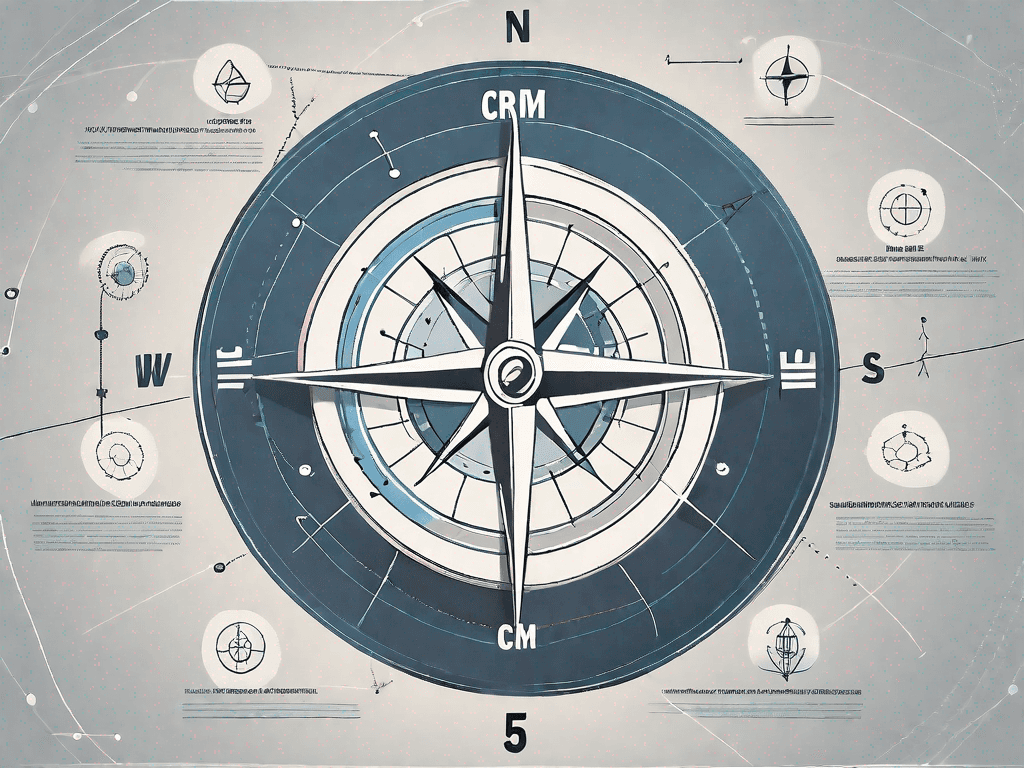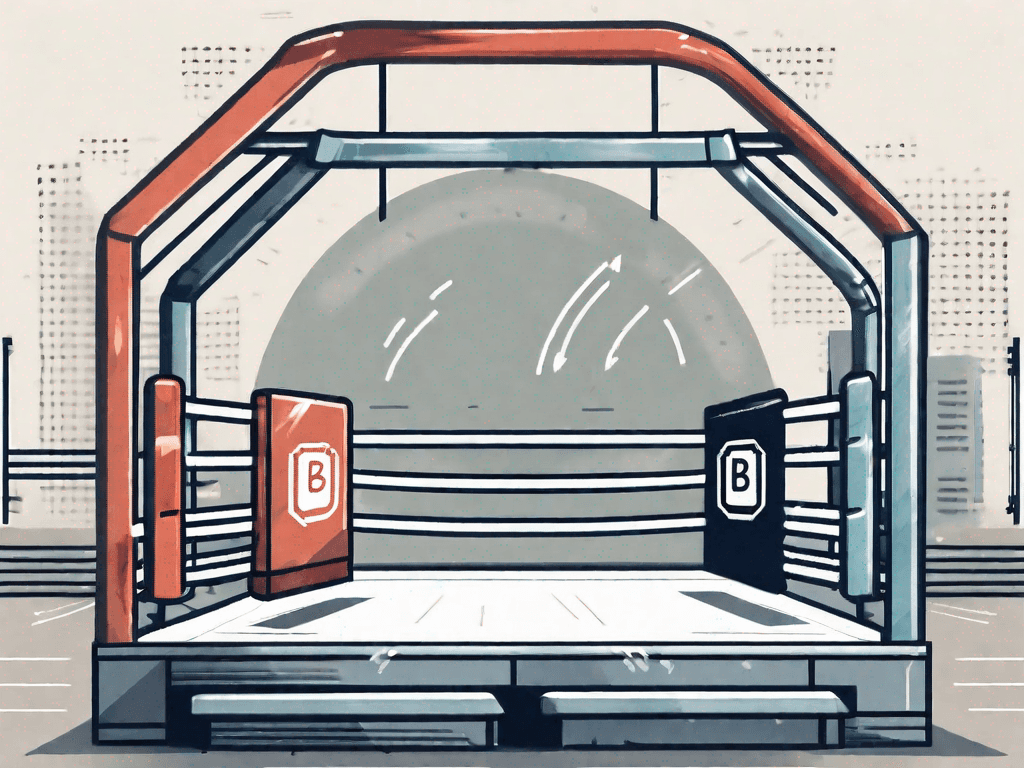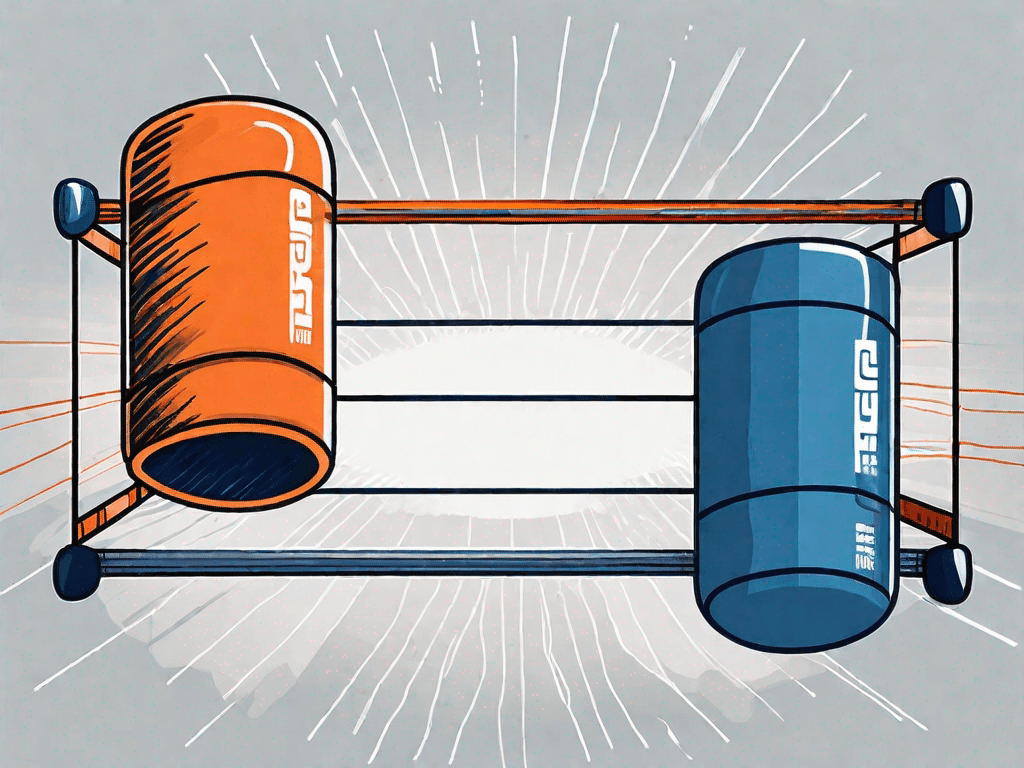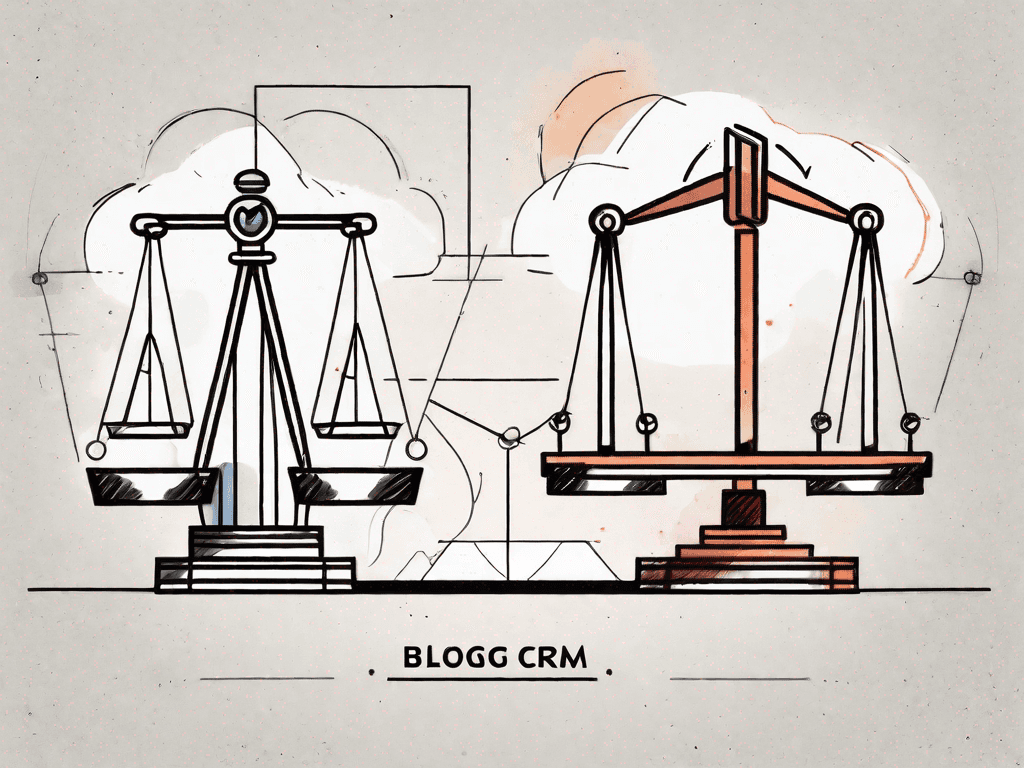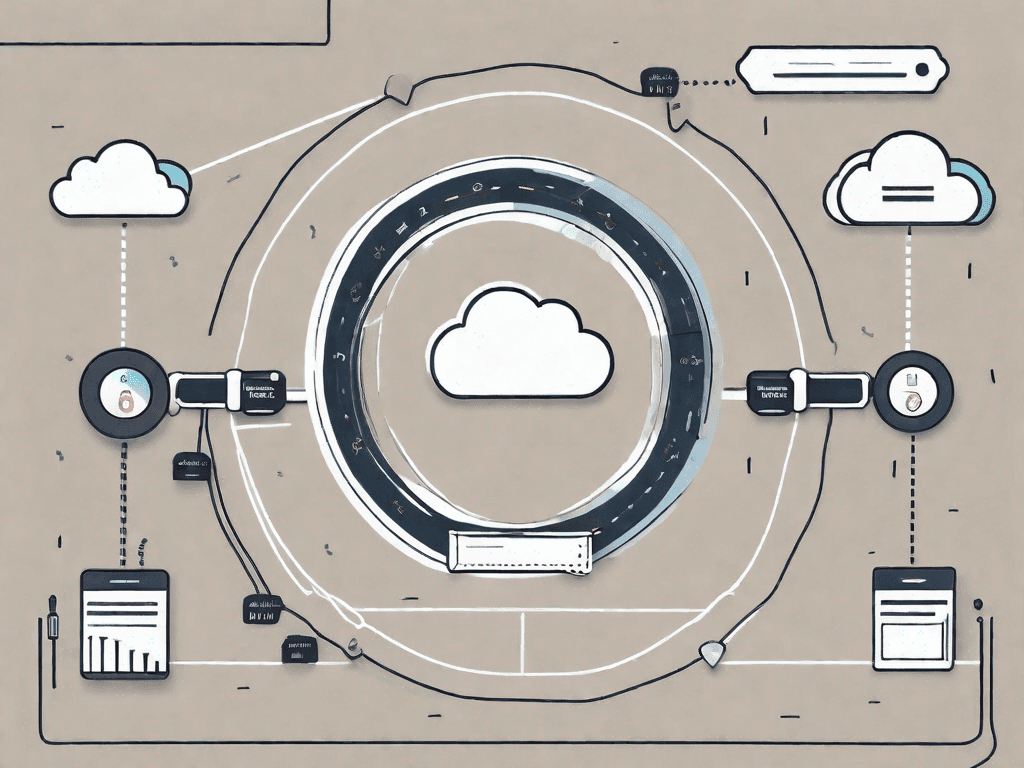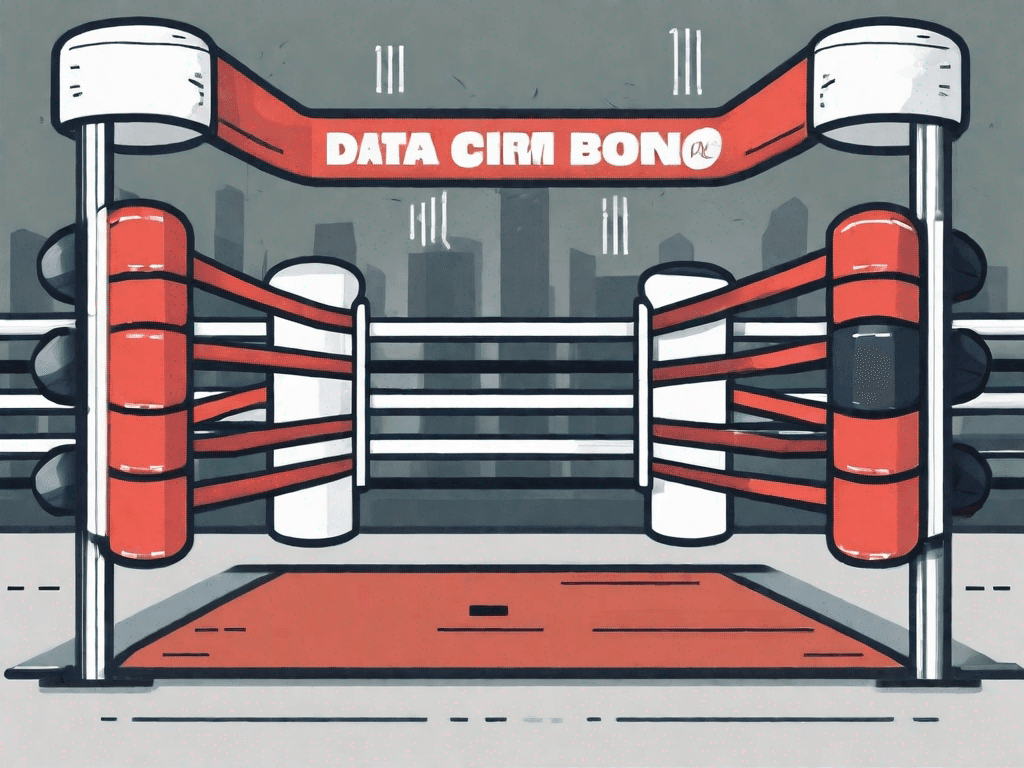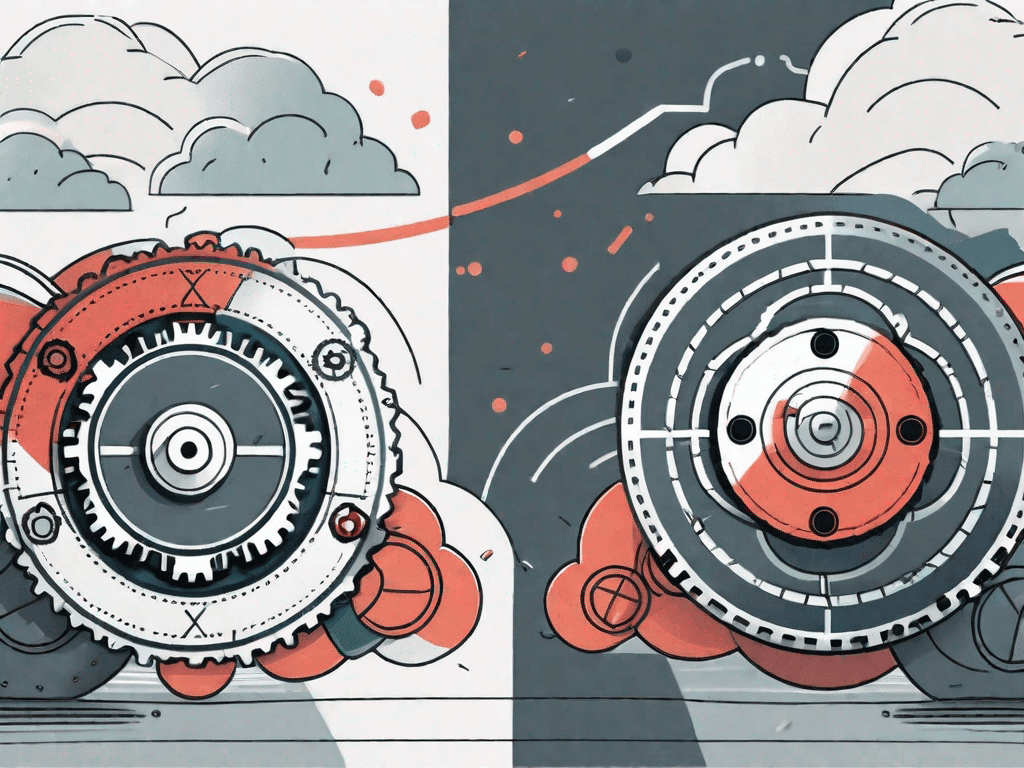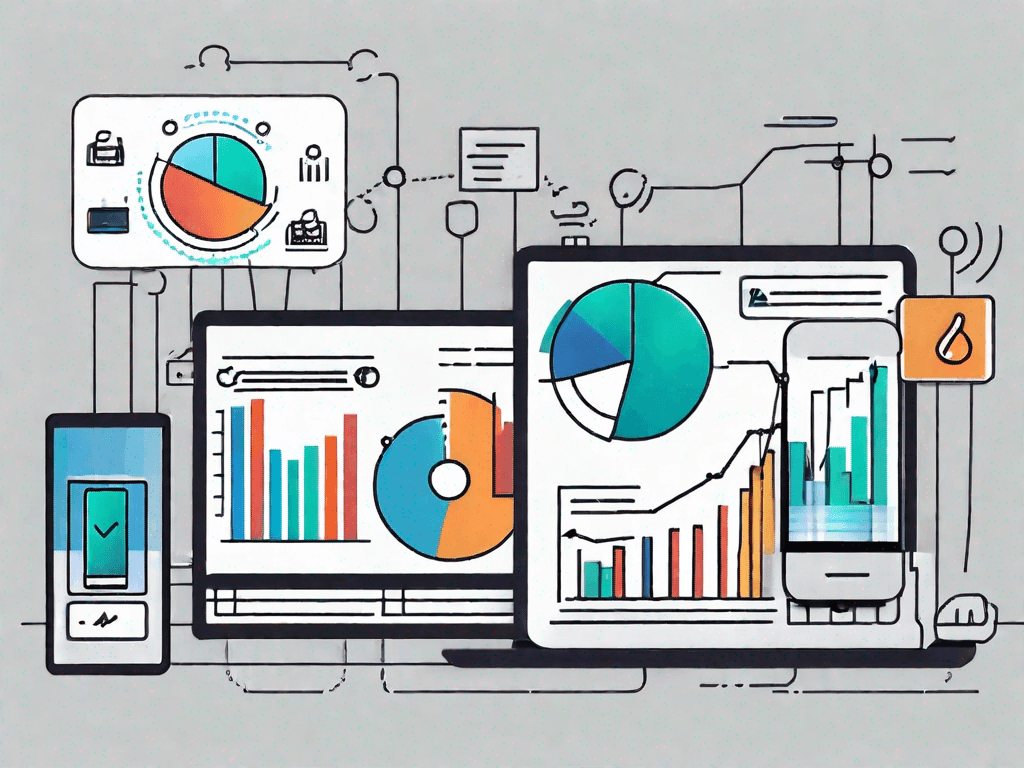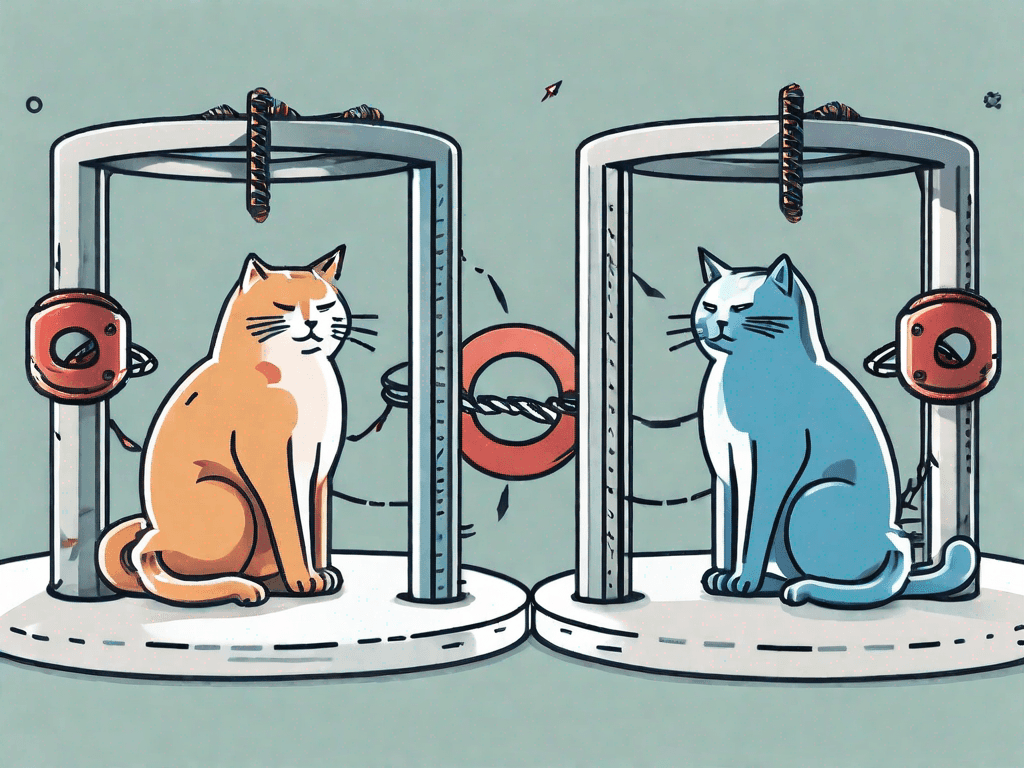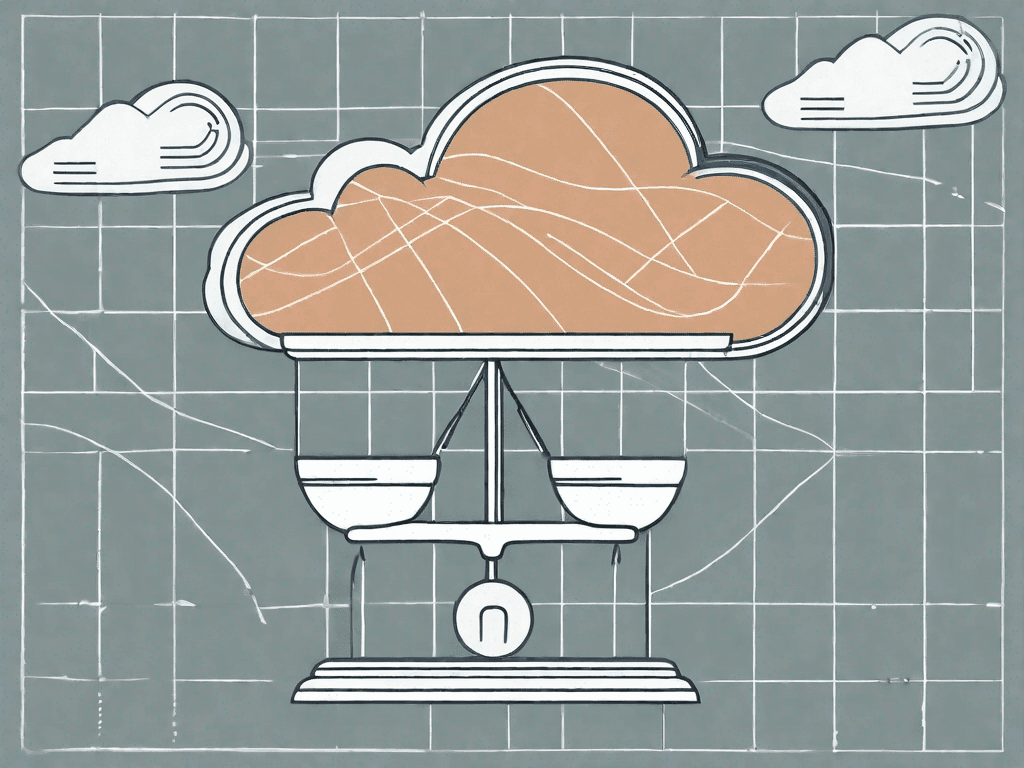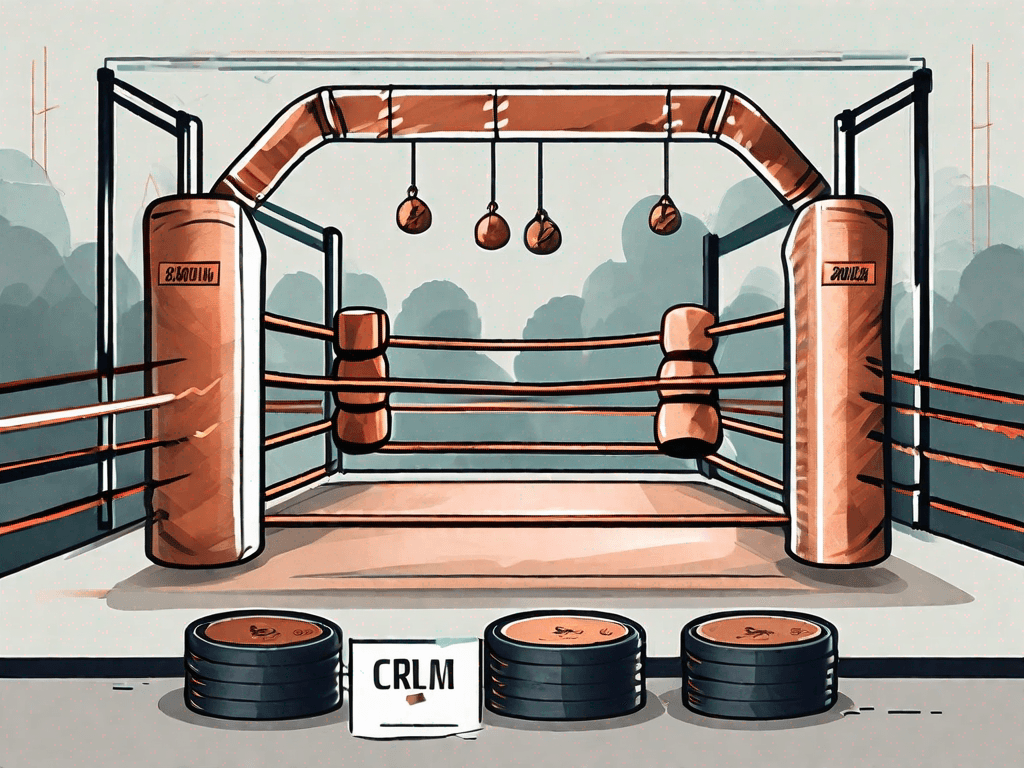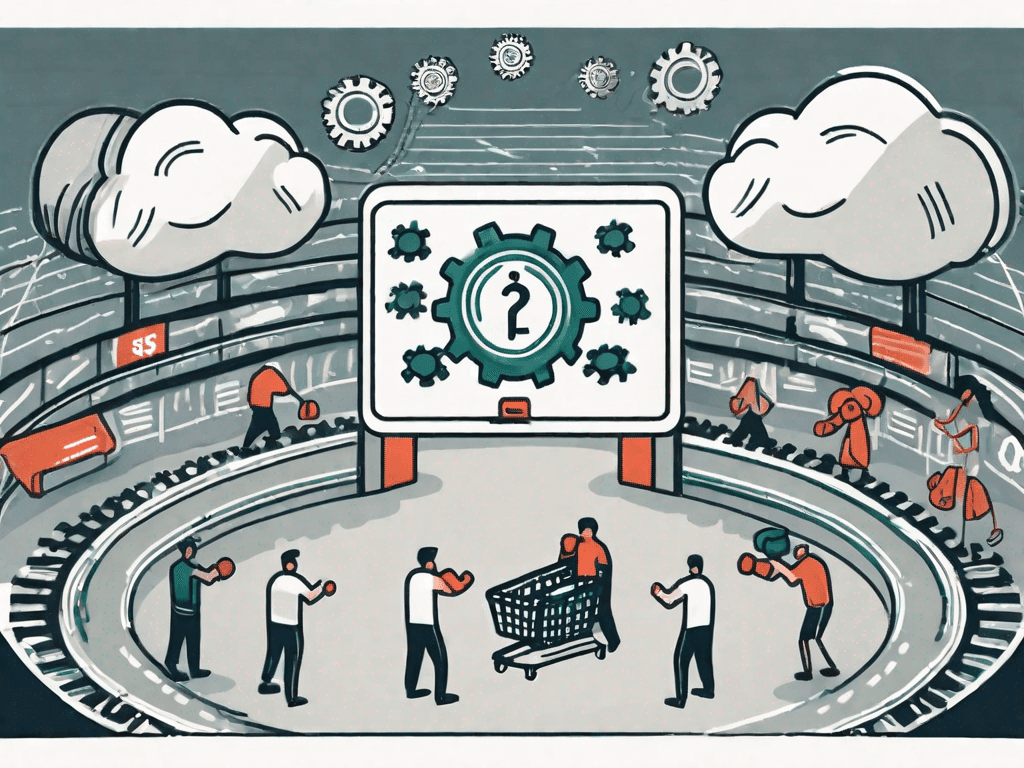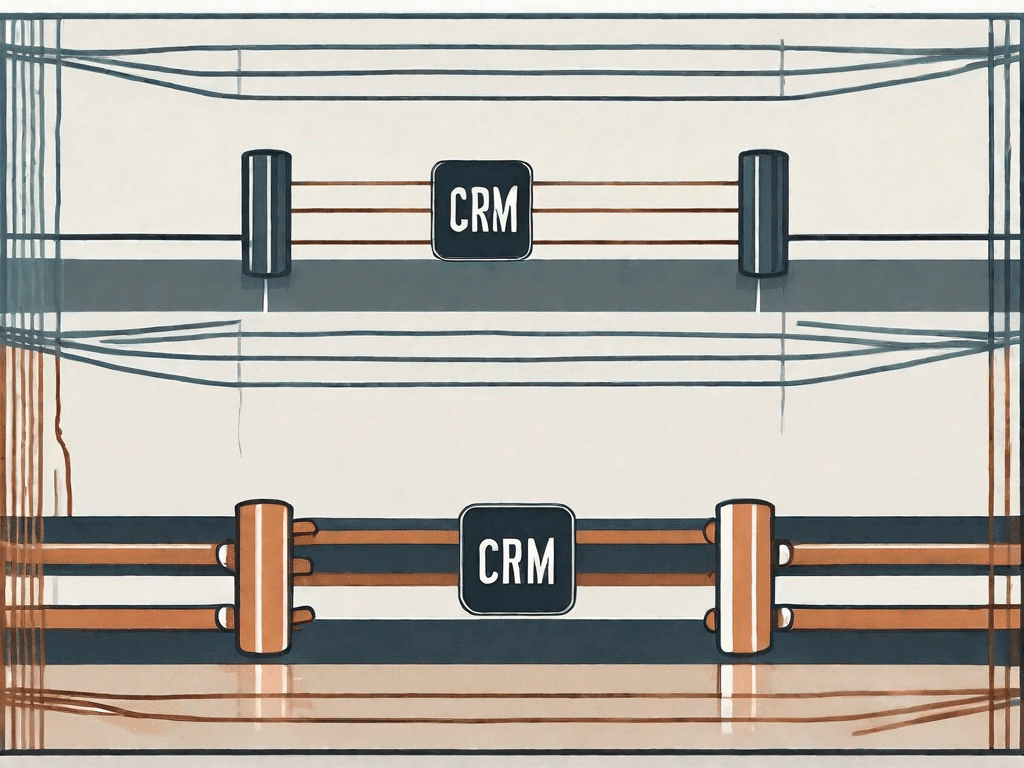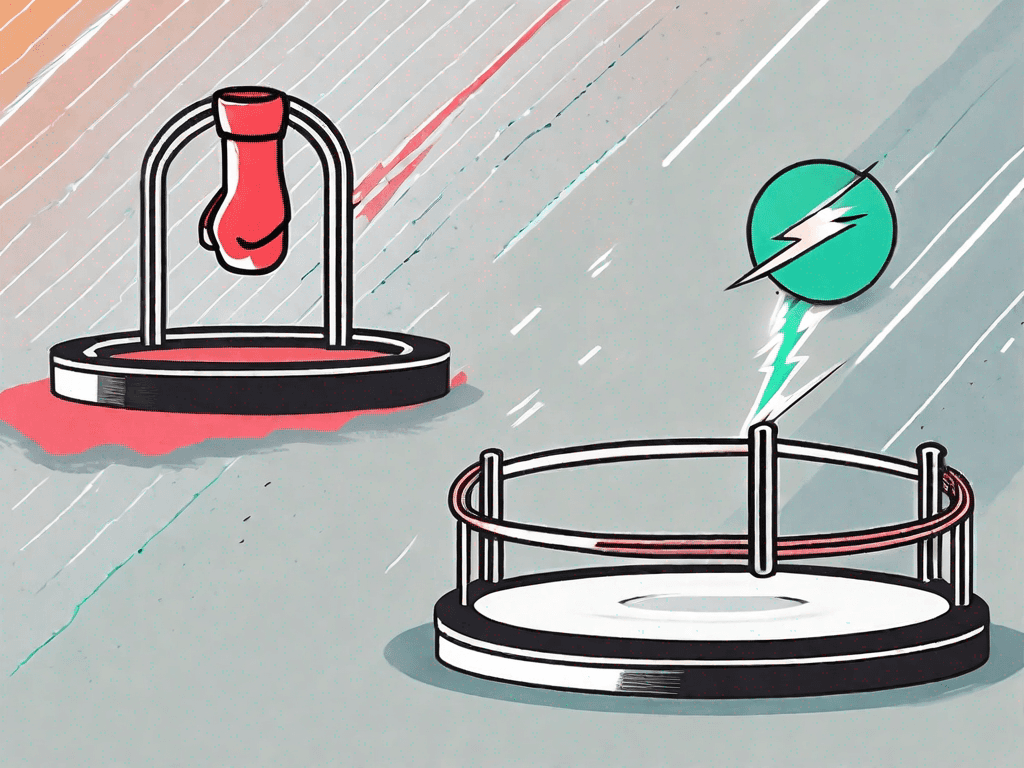
Pipedrive vs Spreadsheets: Which CRM is the Best?
In today's business landscape, finding the right Customer Relationship Management (CRM) tool is crucial for success. Among the various options available, Pipedrive and Spreadsheets are two popular choices. But which one is the best? In this article, we will compare and contrast the pros and cons of Pipedrive and Spreadsheets, examine their pricing models, explore integration possibilities, and ultimately determine which CRM solution is the best fit for different types of users
Pros and Cons of Pipedrive and Spreadsheets
Choosing the right customer relationship management (CRM) tool is crucial for businesses looking to streamline their sales processes and improve overall efficiency. Two popular options in the market are Pipedrive and Spreadsheets. In this article, we will explore the pros and cons of each solution to help you make an informed decision.
1.1 Pros of Pipedrive
Pipedrive has gained a reputation for being a user-friendly CRM tool, specifically designed for sales teams. Its visually appealing interface and intuitive features make it easy for salespeople to manage their sales pipeline effectively. With Pipedrive, you can easily track and prioritize leads, schedule follow-ups, and monitor the progress of deals. This level of organization and automation can significantly improve sales team productivity and efficiency.
In addition to its user-friendly interface, Pipedrive offers comprehensive reporting and analytics capabilities. Sales teams can generate detailed reports on key metrics such as conversion rates, deal value, and sales cycle length. These insights enable teams to track their performance, identify bottlenecks, and make data-driven decisions to optimize their sales processes.
1.2 Cons of Pipedrive
Despite its many advantages, Pipedrive does have its shortcomings. One major drawback is its limited functionality beyond sales management. While it excels in helping sales teams track and close deals, it may not be the ideal choice for businesses looking for a CRM tool that covers a broader range of functions like project management or customer support. If your business requires a more comprehensive solution that integrates multiple departments, Pipedrive may not be the best fit.
1.3 Pros of Spreadsheets
Spreadsheets, on the other hand, offer a versatile and customizable way to manage customer data. With their familiar grid format, businesses can track and organize information in a way that suits their unique needs. Spreadsheets provide businesses with the flexibility to create custom fields, formulas, and filters, allowing for advanced data analysis and manipulation.
Spreadsheets are particularly useful for small businesses or teams that require a simple and cost-effective solution. They are readily available and require minimal training to use effectively. Additionally, spreadsheets can be easily shared and collaborated on, making them a popular choice for teams working on projects that involve data management.
1.4 Cons of Spreadsheets
While Spreadsheets provide flexibility and ease of use, they lack the specialized CRM features offered by dedicated solutions like Pipedrive. Without automation and integration capabilities, businesses relying solely on Spreadsheets may face challenges in scaling their operations, analyzing data effectively, and collaborating seamlessly. Spreadsheets are not designed specifically for sales management, and as a result, they may not provide the same level of efficiency and productivity as a dedicated CRM tool.
1.5 Key Differences between Pipedrive and Spreadsheets
When comparing Pipedrive and Spreadsheets, it is important to note their fundamental differences. Pipedrive is a purpose-built CRM tool that caters specifically to the needs of sales teams. It offers advanced features and integrations that enhance sales efficiency and productivity. With Pipedrive, you can automate repetitive tasks, track customer interactions, and gain valuable insights into your sales performance.
Spreadsheets, on the other hand, provide a basic data management solution that can be adapted to various business needs. They offer flexibility and customization options, allowing businesses to create their own data tracking systems. However, spreadsheets lack the specialized features of a CRM system, such as automated lead tracking, deal management, and sales forecasting.
In conclusion, both Pipedrive and Spreadsheets have their own strengths and weaknesses. Pipedrive is an excellent choice for sales teams looking for a dedicated CRM tool that offers advanced features and analytics. On the other hand, Spreadsheets provide a simple and customizable solution for businesses with basic data management needs. Consider your specific requirements and business goals to determine which option is the best fit for your organization.
How does Pipedrive pricing compare to Spreadsheets?
When it comes to choosing a CRM solution, one of the crucial factors to consider is pricing. In this section, we will take a closer look at the pricing options offered by Pipedrive and compare them to the cost of using Spreadsheets.
2.1 Pipedrive Pricing
Pipedrive understands that businesses come in different sizes and have varying needs. To accommodate this, they offer a range of pricing plans. Let's explore these plans in more detail:
Essential Plan: Pipedrive's Essential plan is a great starting point for businesses looking for key CRM features. With a price of $15 per user per month, it provides a cost-effective solution to manage your sales pipeline and customer relationships.
Advanced Plan: For businesses that require more advanced features like workflow automation and sales forecasting, Pipedrive offers the Advanced plan. At $29 per user per month, this plan provides additional functionality to streamline your sales processes and drive growth.
Professional Plan: Pipedrive's Professional plan is designed for businesses that need comprehensive CRM capabilities. Priced at $59 per user per month, it offers advanced reporting, customization options, and integrations to help you optimize your sales operations.
With these pricing options, Pipedrive aims to provide flexibility and scalability to businesses of all sizes, allowing them to choose a plan that aligns with their specific requirements and budget.
2.2 Spreadsheets Pricing
Unlike Pipedrive, using Spreadsheets as a CRM solution does not come with a direct cost for the software itself. Businesses can leverage spreadsheet tools like Microsoft Excel or Google Sheets without incurring additional expenses. However, it's important to consider the hidden costs associated with using Spreadsheets as a CRM system.
Setting up and maintaining a spreadsheet-based CRM system requires time and resources. Businesses need to invest in training employees on how to effectively use spreadsheets for managing customer data. Additionally, there may be limitations in terms of automation, reporting, and collaboration when relying solely on Spreadsheets.
2.3 Pricing Comparison
When comparing the pricing of Pipedrive and the cost-effectiveness of using Spreadsheets, it's essential to weigh the expenses against the functionality and benefits of each solution.
While Spreadsheets may seem more cost-effective initially due to the absence of direct software costs, Pipedrive offers a specialized CRM tool tailored to the needs of sales teams. The pricing plans offered by Pipedrive provide access to advanced features, automation capabilities, and integrations that can significantly enhance productivity and drive revenue growth.
By investing in a CRM solution like Pipedrive, businesses can streamline their sales processes, improve customer relationships, and gain valuable insights into their sales performance. Ultimately, the decision between Pipedrive and Spreadsheets should be based on the specific needs and priorities of your business.
How do Pipedrive integrations compare to Spreadsheets?
3.1 Pipedrive integrations
Pipedrive prides itself on its extensive integration capabilities. It seamlessly integrates with popular tools such as Google Workspace, Mailchimp, Slack, and more. These integrations offer additional functionality, streamline workflows, and enhance collaboration between different teams and departments.
3.2 Spreadsheets Integrations
While Spreadsheets can be used alongside other software tools, they often require manual exporting and importing of data, leading to extra effort and potential errors. Unlike dedicated CRM solutions like Pipedrive, Spreadsheets lack native integrations that can automate processes and ensure data consistency across different systems.
Which one is the Best for You?
4.1 The Best for Salespeople
For sales teams in need of a comprehensive CRM solution, Pipedrive is the clear winner. Its intuitive interface, advanced features, and sales-focused integrations make it an ideal choice for optimizing sales processes and increasing revenue. Salespeople can benefit from its pipeline management, email automation, and robust reporting features.
4.2 The Best for Consultants
Consultants, who often manage multiple client relationships, may find Spreadsheets a more suitable solution. Its customizable nature allows consultants to adapt the CRM system according to their specific requirements. By leveraging formulas and data manipulation features, consultants can create tailored insights and reports.
4.3 The Best for Digital Marketing Agencies
Digital marketing agencies can benefit from Pipedrive's specialized CRM capabilities, particularly when it comes to lead generation, tracking marketing campaigns, and measuring ROI. The integration with marketing tools like Google Ads and Mailchimp ensures a seamless flow of data and enhances the agency's ability to automate processes and deliver targeted campaigns.
In conclusion, when choosing between Pipedrive and Spreadsheets, it's essential to consider the specific needs of your organization. While Pipedrive excels in providing a specialized CRM solution for sales teams, Spreadsheets offer flexibility and affordability, making them suitable for simpler data management needs. Ultimately, the best CRM choice depends on your unique requirements and the resources available to your business.



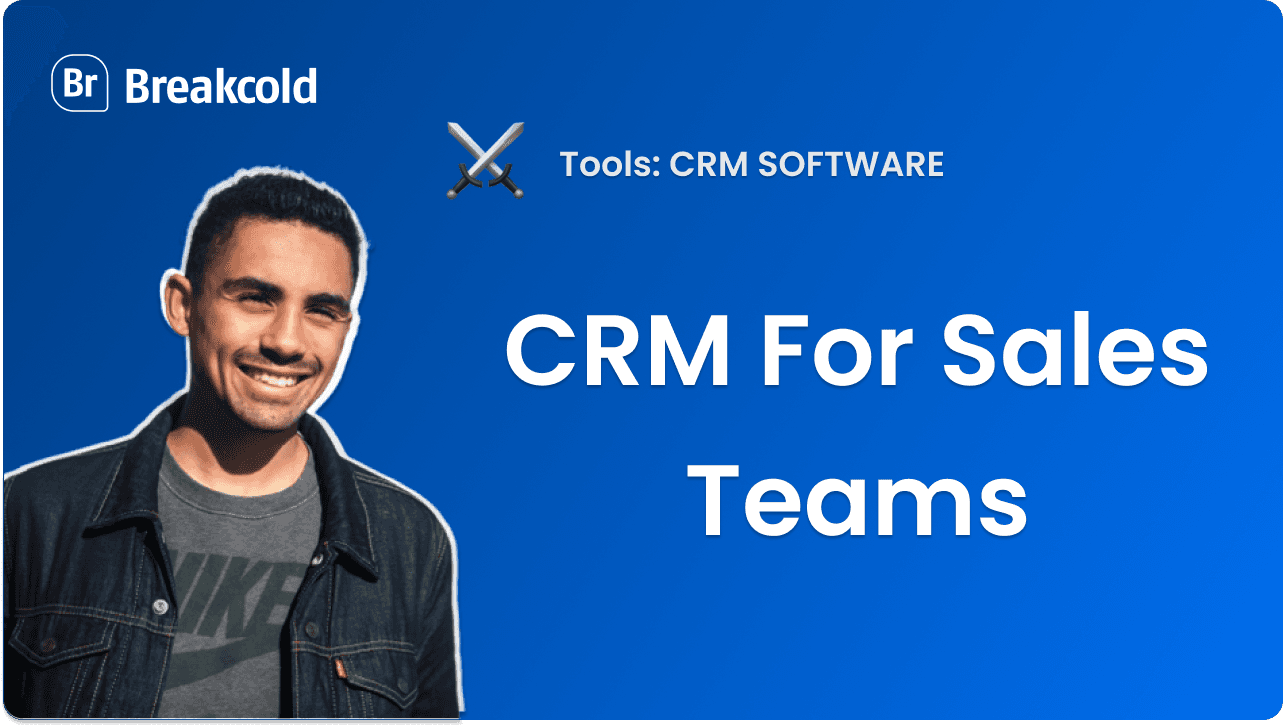




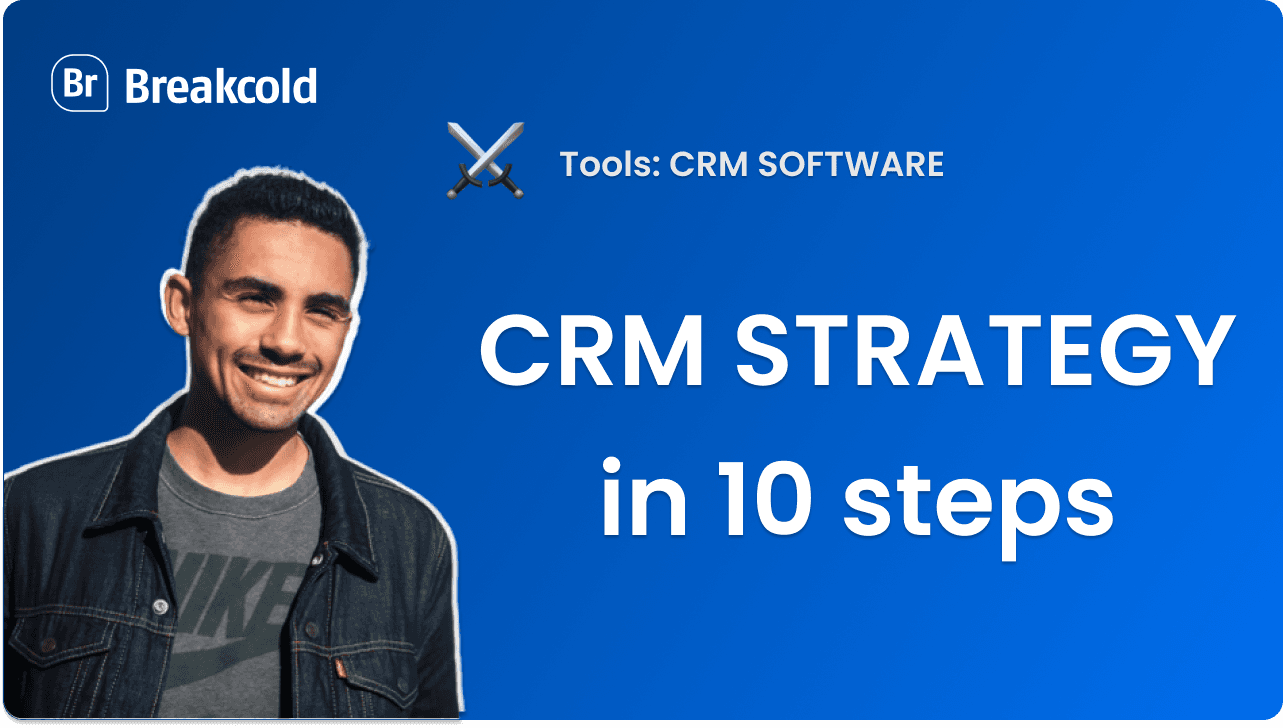


![The 8 Best Social CRM Software in 2025 [Comparison]](https://framerusercontent.com/images/RYHyYapdgIi83BEWtMdX418.png)
![The 6 Best LinkedIn CRM in 2025 [Comparison]](https://framerusercontent.com/images/Luywfni7ZKjb19yghbhNPy4I4qQ.png)




![The 5 Best Twitter CRM [Comparison]](https://framerusercontent.com/images/EWcbvYnVZglJLO8jp3OlHkTvsHo.png)








